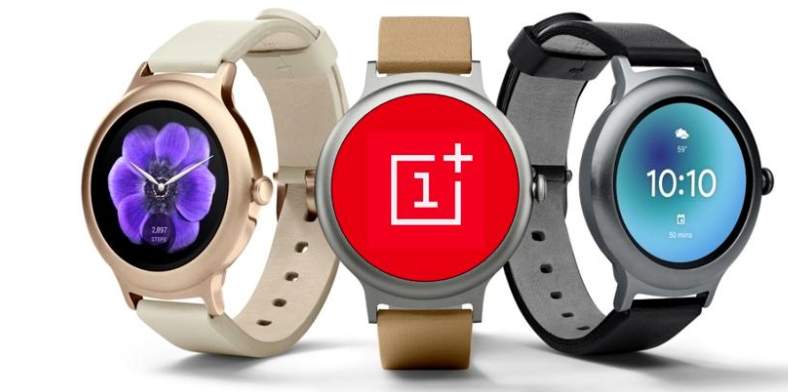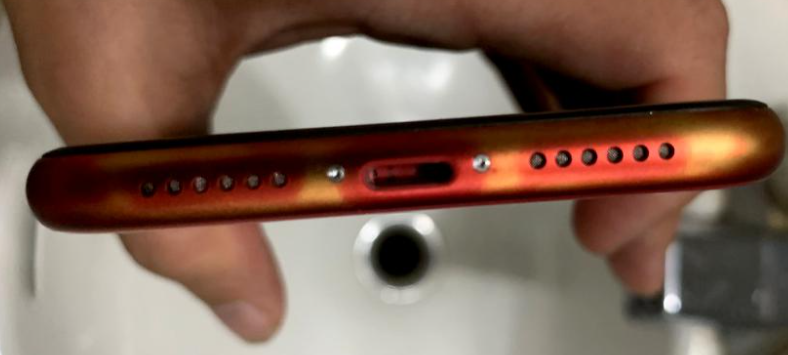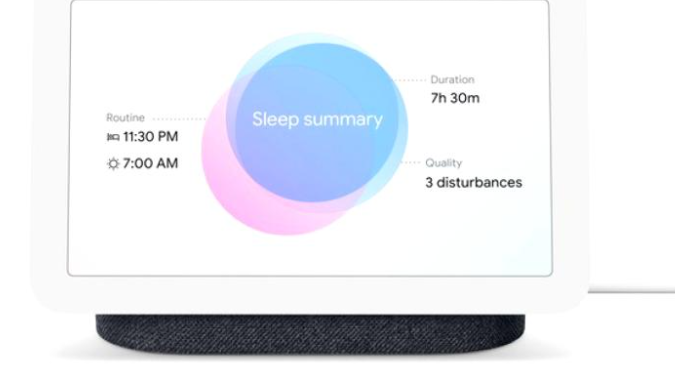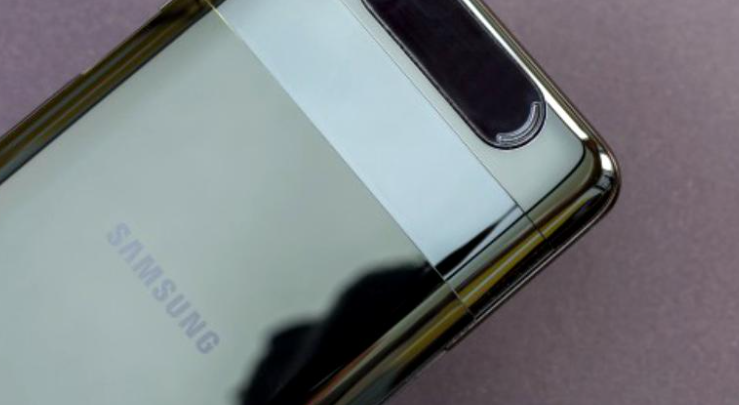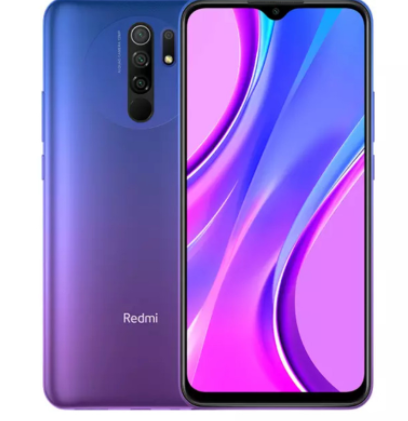
First of all, it has a slightly larger screen and higher resolution. Then they switched from Qualcomm processors to Mediatek processors on this model. The camera system has been upgraded from a wide plus depth camera to 3 cameras + one deep camera.
Specifications Xiaomi Redmi 9
OS: Android 10
MIUI interface 11.0.1
Dual-SIM with dedicated slots
Screen: IPS LCD, 6.53 inches, with 1080 x 2340 px resolution and Gorilla Glass 3 protection
CPU: Mediatek Helio G80 (12 nm)
GPU: Mali-G52 MC2
RAM: Different depending on Internal memory:
32GB 3GB RAM
64GB 4GB RAM (I tested this model)
128GB 6GB RAM
Main Cameras: With the possibility of 1080p filming with 30 fps
Wide: 13 MP, f / 2.2, 28mm, 1 / 3.1 ″, PDAF
Ultra-Wide: 8 MP, f / 2.2, 118˚, 1 / 4.0 ″
Macro: 5 MP, f / 2.4
Depth: 2 MP, f / 2.4
Front Camera: Wide: 8 MP, f / 2.0, with 1080p resolution shooting at 30 fps
connectivity:
Wi-Fi 802.11 a / b / g / n / ac
Bluetooth 5.0
NFC
A-GPS, GLONASS, GALILEO, BDS
Audio 3.5 mm
USB-C
Infrared
Fingerprint reader
5020 mAh battery
18W fast charger
Full specifications here
design
Redmi 9 comes with a familiar design for the smartphones of the moment and similar Redmi 8, with a screen that reaches close to the edge of the phone, with a not very thick thickness of the case, and the cameras arranged linearly in an older style being centrally positioned- up on the back of the phone.
Even if the smartphone does not come with who knows what design is functional, and the back of the phone is covered by a model with concentric lines that surround the camera system. Those lines help a good grip with the phone so you don’t have to worry about its 6.53 inch size.
The screen comes with a pre-applied foil so thin that I didn’t notice it at first. So you will be able to stay relaxed for any superficial or medium scratches.
In the package you also receive a cover for even bigger protection, but with a monotonous design.
The front camera is surrounded by the edge of the screen that comes with a curved line and goes around it, and above it you can find the slot of the call speaker, which is very discreet. Do you still mind if the camera enters the perimeter of the screen?
What you can find on the edges are the following: the top edge has an infrared transmitter and a microphone for noise cancellation. At the bottom edge you will find a 3.5 mm audio port, the call microphone, the USB-C port and the multimedia speaker.
Unfortunately, the position of the speaker when holding the phone in panoramic mode is not useful because you lock it easily and being the only speaker of the phone you do not hear anything.
The design differences from the Redmi 8 are not very big, it is bigger, a little heavier, and in general it is very similar to the predecessor being made more hardware improvements.


